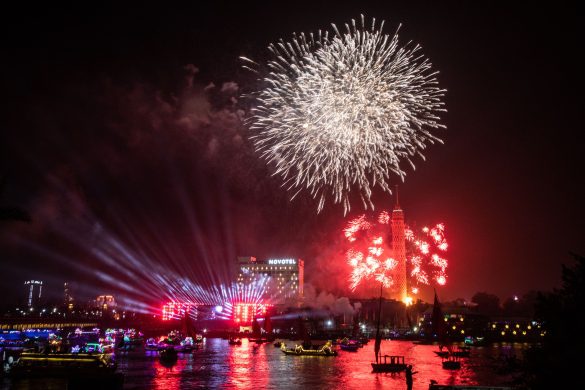DAR ES SALAAM, 3 September: Tanzanias health sector will receive 80,83 billion Tanz sh. (64,3 million US dollar) from its development partners this financial year, a 26 per cent increase over last years figure.
– This is in recognition of the important role the health sector is playing in reducing poverty, said Julie McLaughlin, the lead health specialist of the World Bank in Tanzania.
The latest tranche (bid) will bring the funding to 165 million dollar over the past three years.
Donors are supporting the sector through a basket fund sponsored by Canada, Denmark, Germany, Ireland, Netherlands, Switzerland, UNFPA, Unicef and the World Bank.
The fund is used in train-ing of health workers, provision of essential drugs, vaccines, contraceptives, medical equipment, and the rehabilitation of health facilities.
The fund also assists in the implementation of priority health programmes for maternal and reproductive health, child health, malaria, tuberculosis and HIV/Aids.
Colleen Wainwright, development specialist with Irish Aid and the chair of the Health Development Partners Group, says that this year, the basket fund has increased 50 per cent at the district level and further improved services at community level, health centres and district and mission hospitals.
According to the Ministry of Health, marked success has been recorded in reducing child and infant mortality across the country.
However, there is a need for additional resources in areas where the sector has been successful, such as in improving maternal health.
The sector has also ben-efited from the International Development Agency (IDA), which supported the implementation of the governments 2000-2011 health programme.
IDA has been active in the East African countrys three-phase health sector development project, whose first phase – a 22 million dollar adjustable programme loan (APL) – was implemented in 2000-2003.
The project emphasised institutional capacity development, focusing on strengthening capacity (particularly at local levels) to manage and adapt to changing roles and responsibilities; developing and piloting systems to improve quality and delivery of services and improving resource mobilisation and management.
Phase II – 64 million dollar APL – was approved in 2003 and is running through December 2007.
The objectives of this phase are to expand the reforms and systems/capacity development for better management of resources and quality improvements.
Tha aim is to institutionalise decentralised management of health, nutrition and population services at district level and below, and shift from an input-orientation to output/outcome-based planning and performance management.
Kilder: East African Standard og The Push Journal















